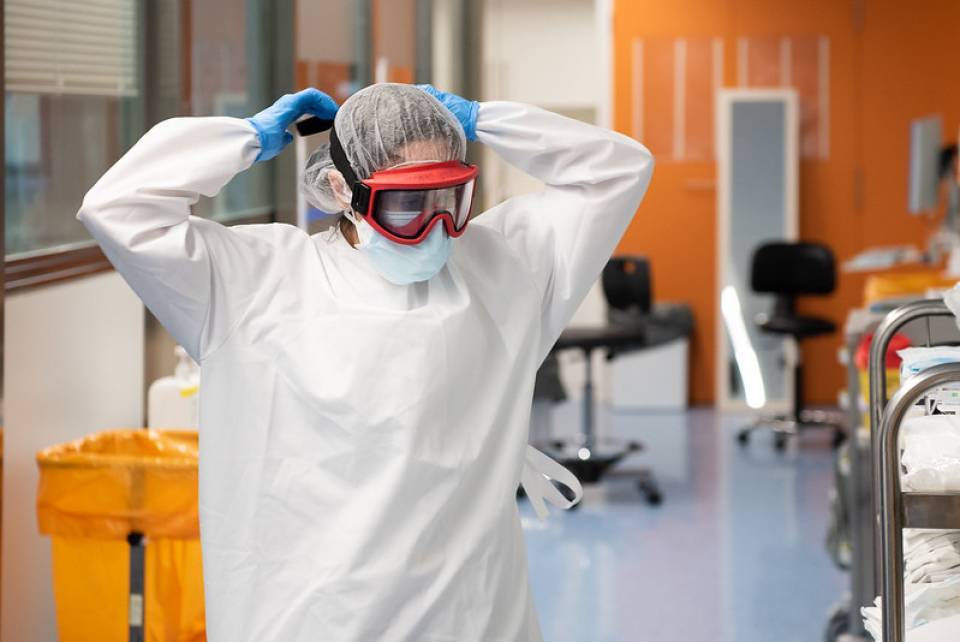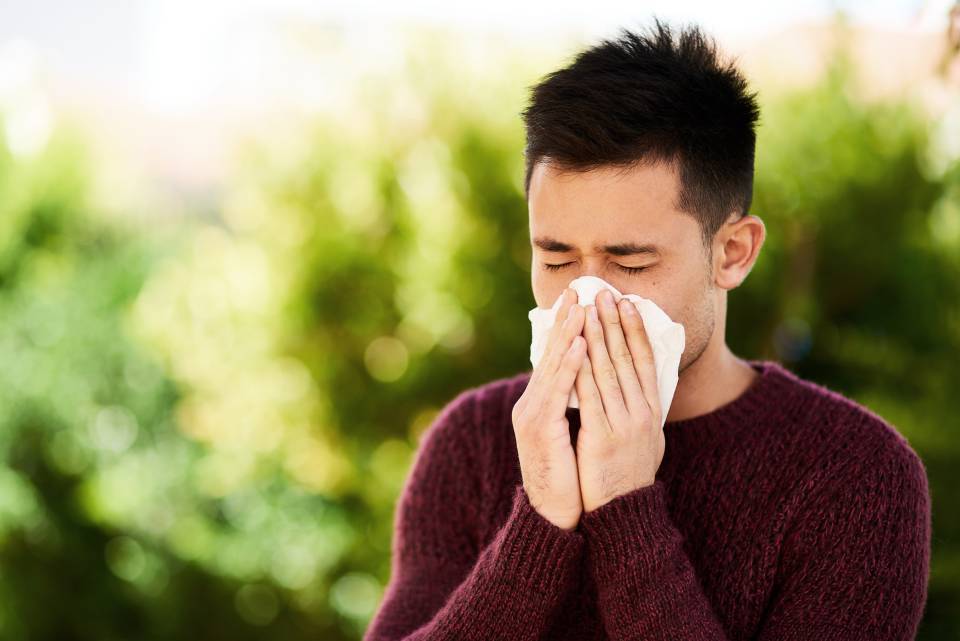This variant has over 50 mutations overall -36 of which are on the Spike (S) protein, on the surface-, and enable the virus to enter human cells more efficiently. This is why it is more contagious and resistant to natural antibodies. Omicron has a higher transmission rate than all the previous variants, since a single infected person can infect 10 others. This variant displaced the Delta variant in only 3-4 weeks, in over 100 countries and now represents 90% of the new COVID infections.
Omicron replicates faster in the upper respiratory tract, the nasal passages and the pharynx, which makes infected individuals more contagious. A viral load 70 times higher has been found in the bronchial tissue of people infected with the Omicron variant compared to the Delta variant, and a viral load 10 times lower has been found in the lungs compared to the original Wuhan variant. This demonstrates that these organs are less affected and, therefore, that the disease is less severe. In this respect, preliminary data from South Africa and the United Kingdom indicate that the risk of hospitalisation is lower for people infected with this variant.
The peculiarity of this variant is that its incubation period is shorter, lasting 2-3 days instead of 4-6 as occurred with the other variants, but the symptoms are similar: scratchy throat, muscle or body aches, fatigue, headache, fever or chills. However, in general no loss of smell or taste has been observed.
The antiviral treatments for this new variant such as Remdesivir, already approved in Spain, and Molnupiravir and Nirmatrevir/Ritonavir, which are still in the process of being approved by the European Medicines Agency (EMA), are effective. On the contrary, monoclonal antibodies (except sotrovimab) and convalescent plasma from people who have already recovered from COVID-19 have been found to be very ineffective in treating patients with this variant.
The effectiveness of full vaccination (two doses) against COVID-19 decreases significantly after six months, and it has been shown that it provides little protection against the Omicron variant, since the antibody titres are very low. On the contrary, the cellular immunity generated probably protects people from severe disease. Therefore, it is important to administer a third dose to older people and those with comorbidities. With 2-4 weeks of the 3rd dose (with mRNA vaccines, i.e. Pfizer or Moderna), the immunity is very high, increasing its efficacy to 60-70%. However, preliminary data from the United Kingdom show that after 3 months the protection decreases significantly and it is not yet known whether additional doses will be required in the future.
The rapid mutation of the virus encourages researchers to look for new tools in order to advance, such as generating new vaccines that contain a combination of the variants that have already appeared, with the ultimate goal of winning one of the most challenging long-distance races humanity has had to contend with.
Documented information: Dr. Josep Maria Miró. Infectious Diseases Service. Hospital Clínic de Barcelona. Explanatory video




